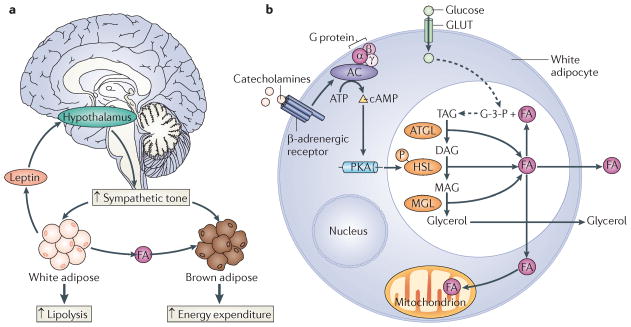Figure 6. Leptin promotes lipolysis and energy expenditure.
a | The adipocyte-derived hormone leptin increases energy expenditure by acting on hypothalamic centres that increase sympathetic outflow. Increased sympathetic tone stimulates lipolysis and the release of fatty acids (FAs) from white adipose stores. Circulating FAs are taken up and oxidized by brown adipose tissue. b | In white adipocytes, catecholamines bind to β-adrenergic receptors and subsequently stimulate adenylate cyclase (AC) and cyclic AMP production. Increased cellular cAMP levels stimulate protein kinase A (PKA), which phosphorylates and activates hormone-sensitive lipase (HSL). During lipolysis, triacylglycerol (TAG) is hydrolysed by adipocyte triglyeride lipase (ATGL). The resultant diacylglycerol (DAG) is subsequently hydrolysed to monoacylglycerol (MAG) by HSL. MAG is further hydrolysed by MAG lipase (MGL) to generate glycerol, which enters the circulation. The FAs generated during the lipolysis of TAG may also enter the circulation. Alternatively, the FAs may undergo β-oxidation or may be re-esterified to TAG. Glycerol-3-phosphate (G-3-P) is utilized as the backbone for TAG synthesis and is generated from glucose, which is transported into the adipocyte via glucose transporters (GLUTs).

